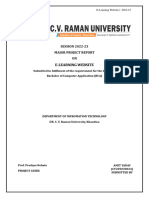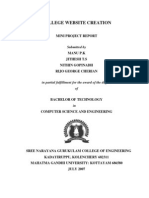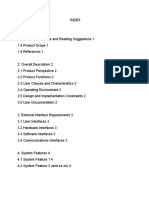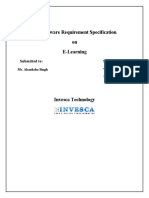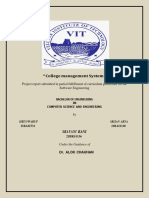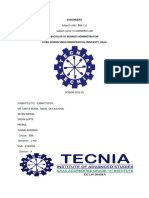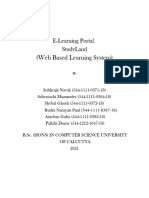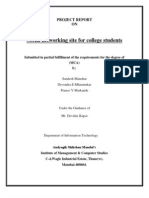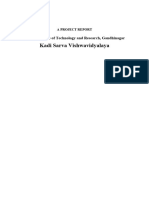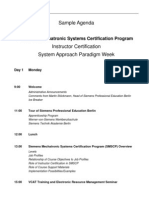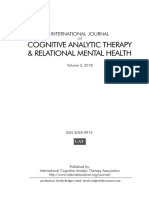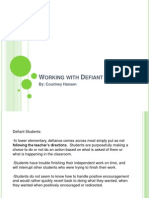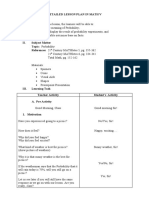0% found this document useful (0 votes)
21 views17 pagesSample - PD Lab Report
The document is a project report from R.M.K. College of Engineering and Technology, focusing on the development of a unified login interface for multiple websites to enhance user experience and streamline access to educational resources. It outlines the project's objectives, methodology, and results, emphasizing the integration of existing tools and user feedback for continuous improvement. The report also includes a bonafide certificate and references to related works in the field.
Uploaded by
pratheshajCopyright
© © All Rights Reserved
We take content rights seriously. If you suspect this is your content, claim it here.
Available Formats
Download as DOCX, PDF, TXT or read online on Scribd
0% found this document useful (0 votes)
21 views17 pagesSample - PD Lab Report
The document is a project report from R.M.K. College of Engineering and Technology, focusing on the development of a unified login interface for multiple websites to enhance user experience and streamline access to educational resources. It outlines the project's objectives, methodology, and results, emphasizing the integration of existing tools and user feedback for continuous improvement. The report also includes a bonafide certificate and references to related works in the field.
Uploaded by
pratheshajCopyright
© © All Rights Reserved
We take content rights seriously. If you suspect this is your content, claim it here.
Available Formats
Download as DOCX, PDF, TXT or read online on Scribd
/ 17










